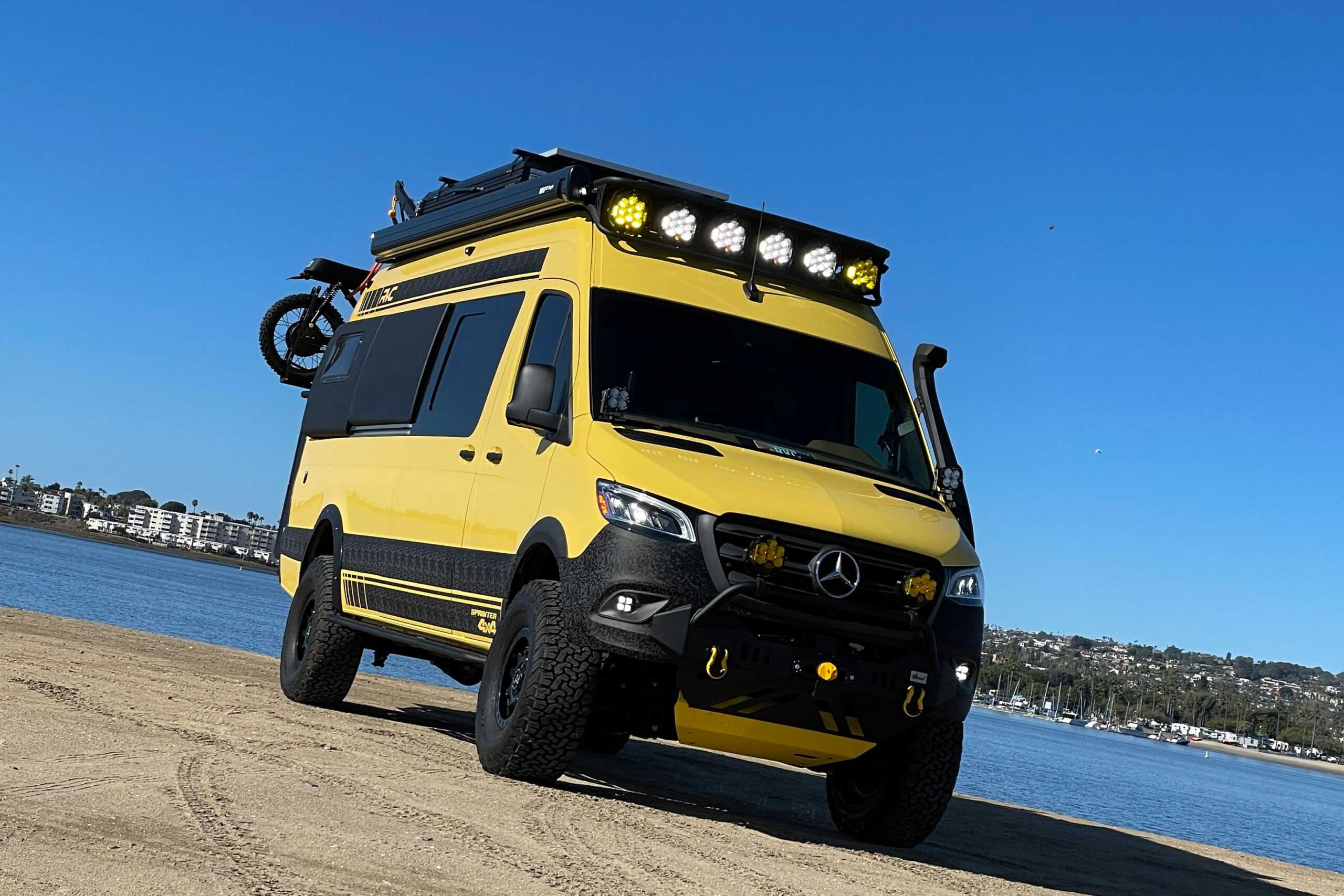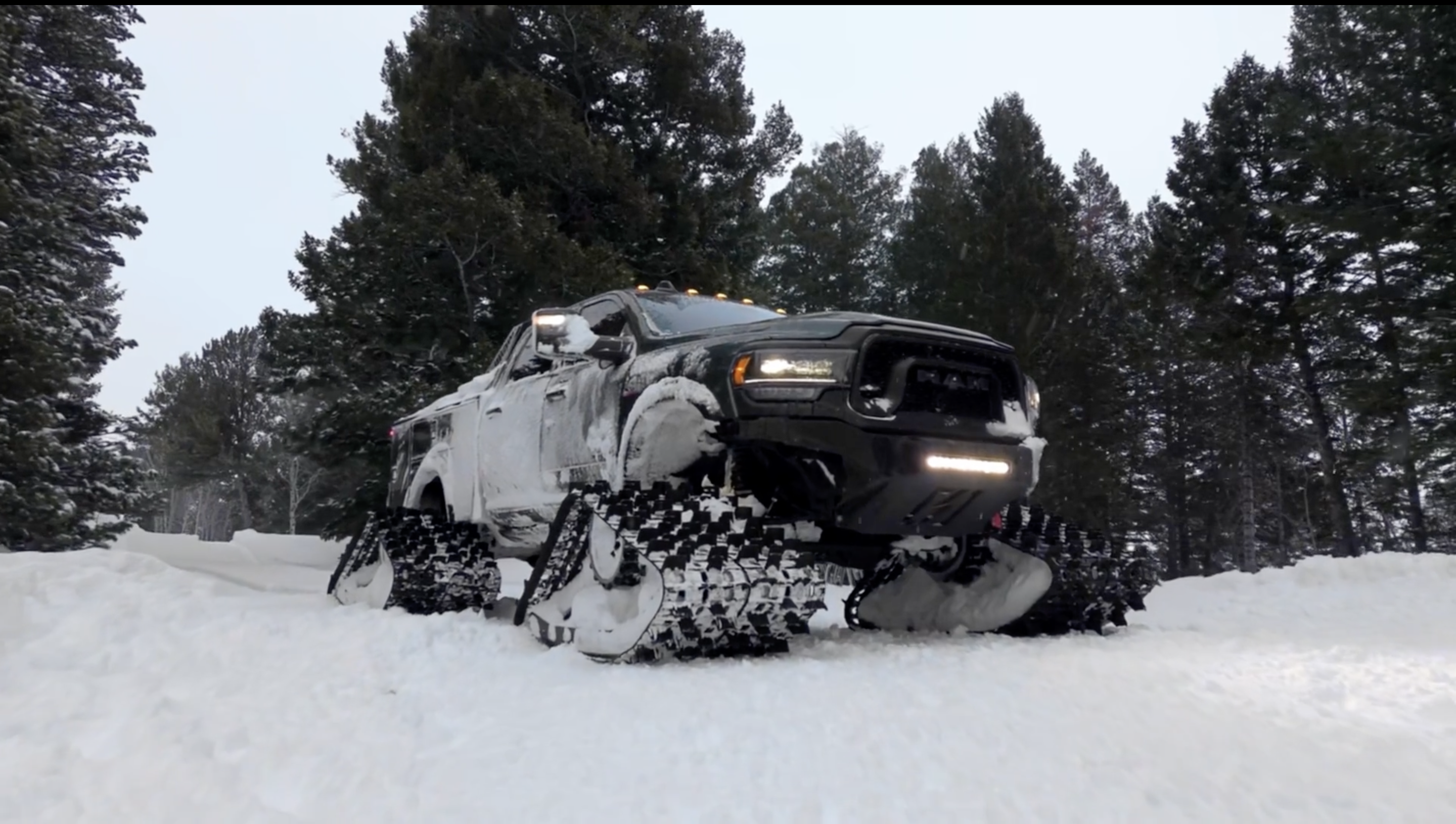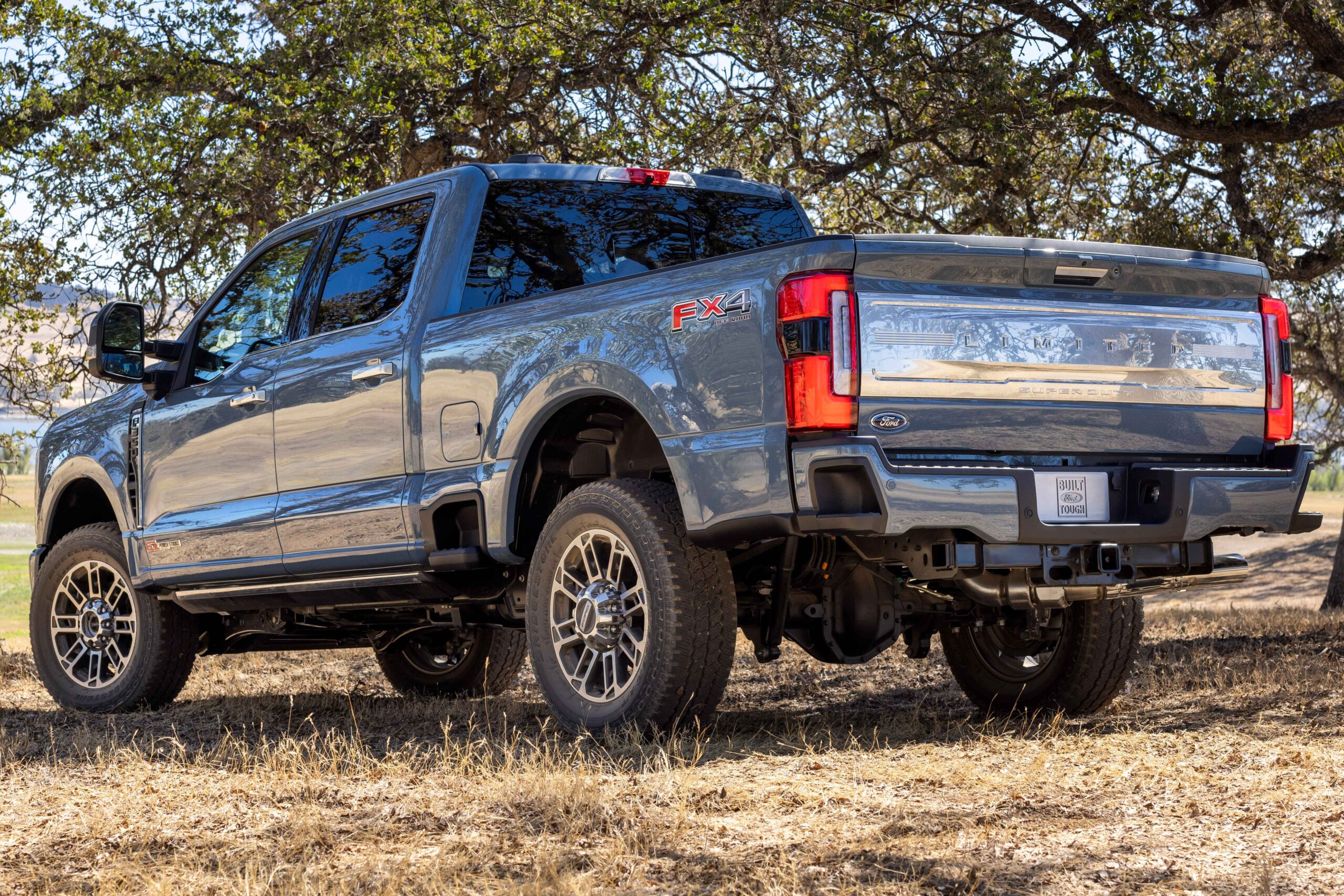R10 v Harrier from Ash Smith on Vimeo.
Drag races between unlikely and strange competitors is nothing we haven’t seen before, and races between cars and aircraft are nothing new. But here’s one match-up we haven’t seen before. The LeMans winning, diesel powered, Audi R10 versus the British Aerospace T12 Harrier. Neither of these vehicles were ever purpose built for drag-racing, but are at the tops of their respective fields in terms of technology, engineering, performance, and pedigree.
 First lets size up the competition. Representing the Germans, and driven by a Scottsman, is the TDI diesel powered, four-wheel, silver and crimson painted rocket, the Audi R10. According to driver Allan McNish “The Audi R10 TDI is a completely new concept of sports-car racing. It is a diesel-engine car, the first time there’s been a purpose-built diesel engine race car. It produces 1,100 newton meters of torque, which is a massive amount, 650 hp. The car itself, altogether is 925 kilos which is the regulation weight.”
First lets size up the competition. Representing the Germans, and driven by a Scottsman, is the TDI diesel powered, four-wheel, silver and crimson painted rocket, the Audi R10. According to driver Allan McNish “The Audi R10 TDI is a completely new concept of sports-car racing. It is a diesel-engine car, the first time there’s been a purpose-built diesel engine race car. It produces 1,100 newton meters of torque, which is a massive amount, 650 hp. The car itself, altogether is 925 kilos which is the regulation weight.”
Though this car is not open wheeled, McNish likens the R10’s performance to a Formula 1 car. He explains that during the 24 Hours of LeMans, they can run the same distance as 16 Formula 1 Grand Prix at the same average speed. The construction of the R10 is a full carbon fiber monocoque design, and features a 5.5-liter V12 bolted to an Xtrac sequential 5-speed. The engine has twin turbochargers, and double overhead cams to actuate the 48 valves.
Definitely a machine built for corners and endurance racing rather than straight line speed, the R10 still has a top speed well in excess of 200 mph.
 Representing the British is the BAE T12 Harrier. This Vertical Take-Off and Landing (VTOL) aircraft serves the British Royal Air Force, and Royal Navy. Filling the gap between helicopter and pure fixed-wing aircraft the Harrier is optimized for short field, take-off and landing for land and sea based arenas. According to Flt Lieutenant Pete Keenlyside, the pilot of this aircraft, “The Harrier has a Pegasus Mk105 engine which produces just over 20,000 pounds of thrust. It has a max speed of approximately 660 mph, and a ceiling height of just over 40,000 feet.”
Representing the British is the BAE T12 Harrier. This Vertical Take-Off and Landing (VTOL) aircraft serves the British Royal Air Force, and Royal Navy. Filling the gap between helicopter and pure fixed-wing aircraft the Harrier is optimized for short field, take-off and landing for land and sea based arenas. According to Flt Lieutenant Pete Keenlyside, the pilot of this aircraft, “The Harrier has a Pegasus Mk105 engine which produces just over 20,000 pounds of thrust. It has a max speed of approximately 660 mph, and a ceiling height of just over 40,000 feet.”
Talking about power to weight ratios in cars we usually think about acceleration in terms of horsepower per ton. In aircraft, power to weight has a greater effect on rate of climb. Lieutenant Keenlyside elaborates, “Because the Harrier, when it’s light, has a power to weight ratio of greater than one, it means off the mark it’s very quick…” meaning it produces more pounds of thrust than it weighs.
A sub-sonic aircraft, but still no slouch when it comes to acceleration. As predicted by all parties the Audi has the leap off the line and power is transferred directly to the rotation of the wheels. The Harrier has a slight delay as the thrust overcomes the inertia of this 15,000 pound jet.
The runway drag race covers much more distance than a traditional quarter mile to better show the capacities of these two machines. By mid track the race is close with the Audi leading. Moments after the Harrier rotates, and “cleans-up” (raises the landing gear) he pulls a commanding lead ahead of the german race car. Crossing the line in a surprising photo finish the Harrier takes the win by just a wing.
Bringing up the age old argument, who is cooler race car drivers, or fighter pilots? Pilots always win.


















